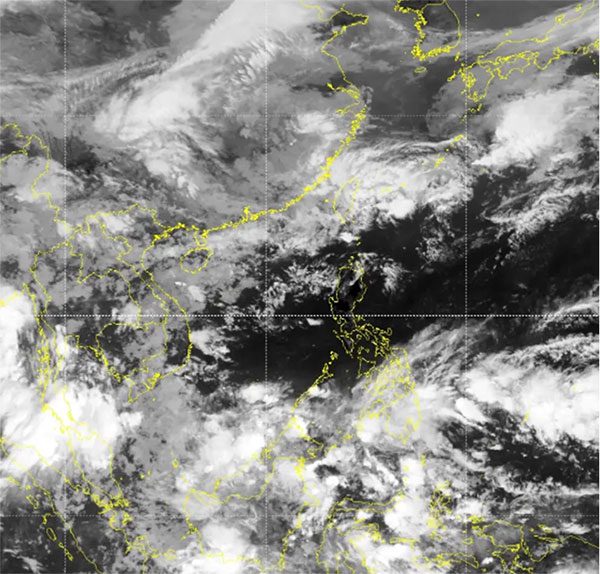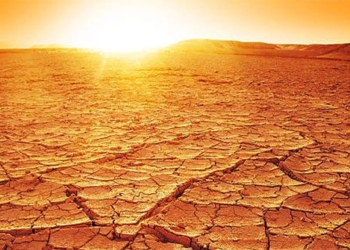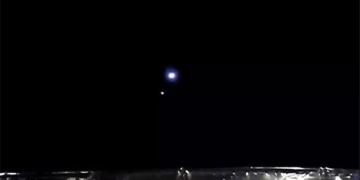“The Last Cold Snap” refers to the final cold wave of winter that occurs in March of the lunar calendar in Northern Vietnam. However, according to weather forecasts, this weekend, which marks the first half of April in the lunar calendar, Northern Vietnam will experience another cold front.
In fact, this is a rare weather phenomenon, but it is not impossible. In our region, cold air typically begins to arrive from mid-September of the previous year until mid-June of the following year, but it is strongest during the peak winter months, directly affecting the northern region.
Cold air is a weather phenomenon where a very cold air mass from the Asian continent moves down to our area, where there is warm air, causing strong northeast winds, bringing cold weather and adverse conditions. This period is characteristic of the winter monsoon, hence it is also referred to as “northeast monsoon.”
This cold air mass originates from polar regions, sweeping across the Asian continent in the form of a cold front, and when it reaches our country, in many cases, it no longer clearly exhibits the typical characteristics of a cold front, so we generally refer to it as “cold air.”

Satellite Image
When cold air arrives, it pushes warm air upward, creating a transition zone. A line is drawn to separate the two air masses, which differ fundamentally in temperature and humidity, known as a cold front (this term was first introduced by Bjerknes, a Norwegian, during the conclusion of World War I, where he “inspired” the term “front” and it has been retained in all languages).
Based on the degree of weather change before and after the cold air’s influence, we can classify it into two main types of impact: northeast monsoon and enhanced cold air.
The northeast monsoon is the cold air influence accompanied by a cold front or a discontinuity line, which completely alters the previous wind system due to the northeast monsoon system (winds coming from the north), causing a significant shift in weather, with a sudden drop in temperature and a change in weather conditions from hot or warm to cold or chilly. The northeast monsoon is sometimes accompanied by gusts, storms, tornadoes, or heavy rain.
Enhanced cold air refers to a cold air mass affecting our country when the area previously affected is under the control of a cold air mass, with the northern wind system having weakened. Enhanced cold air does not come with a front. When it impacts our country, it primarily increases wind speeds offshore and inland, can lower temperatures, dew points, or show little change in temperature. In some cases, enhanced cold air can reduce cloud cover, thereby potentially increasing daytime temperatures.



















































